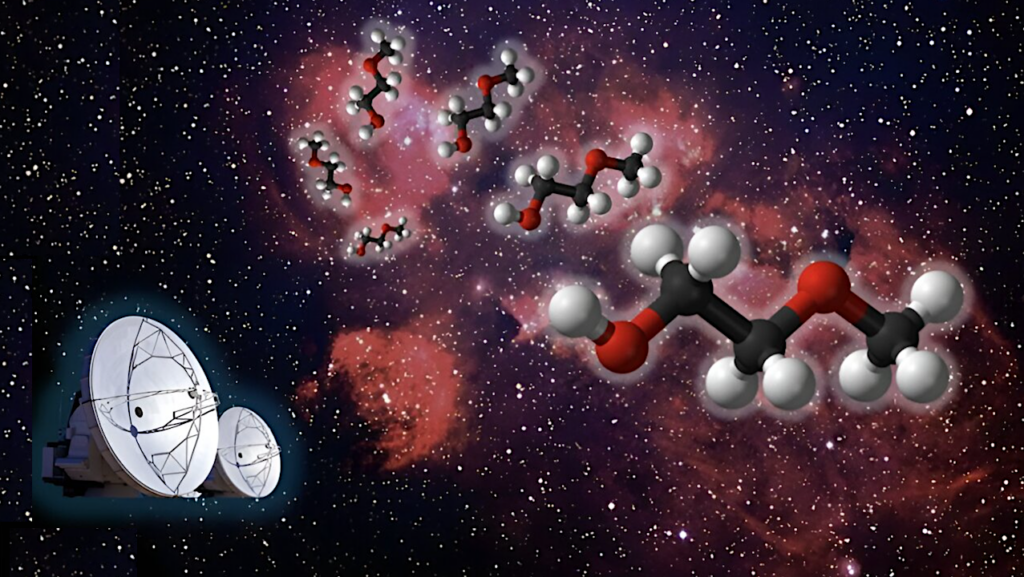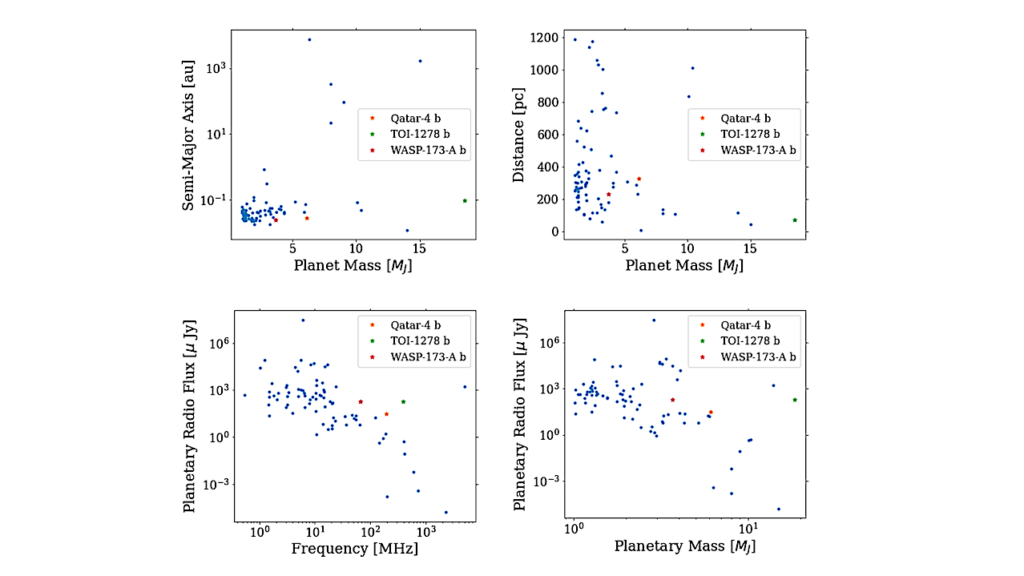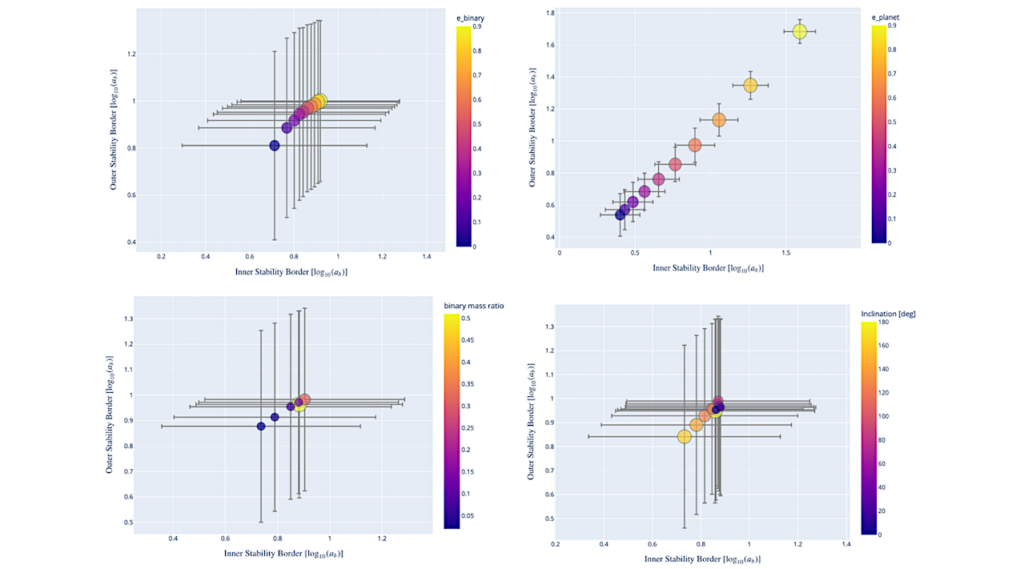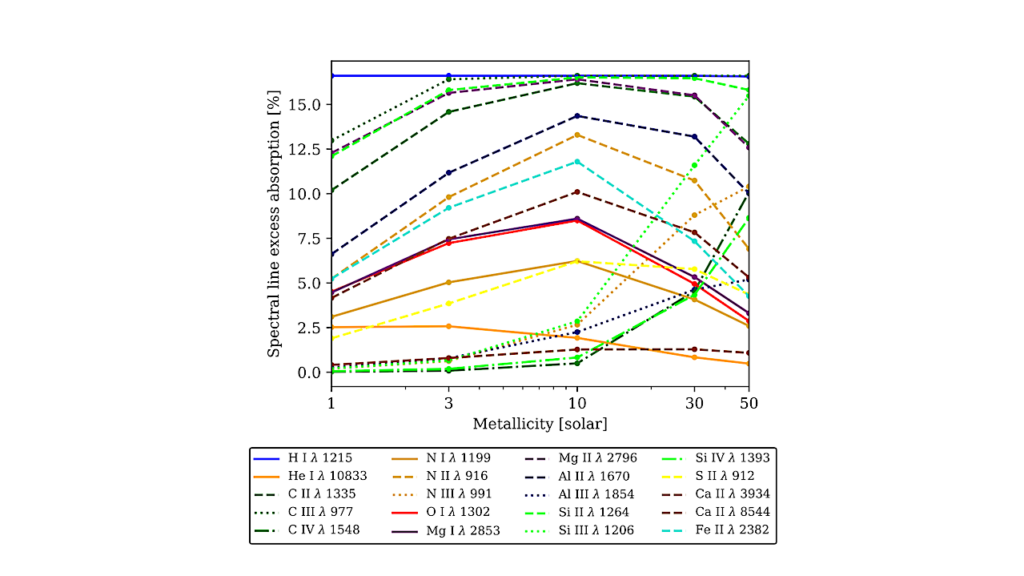JWST Transit Spectra II: Constraining Aerosol Species, Particle-size Distributions, Temperature, and Metallicity for Cloudy Exoplanets

JWST will provide moderate resolution transit spectra with continuous wavelength coverage from the optical to the mid-infrared for the first time. In this paper, we illustrate how different aerosol species, size-distributions, and spatial distributions encode information in JWST transit spectra.
We use the transit spectral modeling code METIS, along with Mie theory and several flexible treatments of aerosol size and spatial distributions to perform parameter sensitivity studies, calculate transit contribution functions, compute Jacobians, and retrieve parameters with Markov Chain Monte Carlo. The broader wavelength coverage of JWST will likely encompass enough non-gray aerosol behavior to recover information about the species and size-distribution of particles, especially if distinct resonance features arising from the aerosols are present.
Within the JWST wavelength range, the optical and mid-infrared typically provide information about 0.1-1 μm sized aerosols, while the near-infrared to mid-infrared wavelengths usually provide information about gaseous absorption, even if aerosols are present. Strong gaseous absorption features in the infrared often remain visible, even when clouds and hazes are flattening the optical and NIR portion of the spectrum that is currently observable. For some combinations of aerosol properties, temperature, and surface gravity, one can make a precise measure of metallicity despite the presence of aerosols, but more often the retrieved metallicity of a cloudy or hazy atmosphere has significantly lower precision than for a clear atmosphere with otherwise similar properties.
Future efforts to securely link aerosol properties to atmospheric metallicity and temperature in a physically motivated manner will ultimately enable a robust physical understanding of the processes at play in cloudy, hazy exoplanet atmospheres.
Brianna Lacy, Adam Burrows
Comments: submitted to ApJ; main paper: 29 pages, 18 figures, 4 tables; appendix: 17 pages, 20 figures
Subjects: Earth and Planetary Astrophysics (astro-ph.EP)
Cite as: arXiv:2007.00109 [astro-ph.EP] (or arXiv:2007.00109v1 [astro-ph.EP] for this version)
Bibliographic data
From: Brianna Lacy
[v1] Tue, 30 Jun 2020 21:12:06 UTC (10,721 KB)
https://arxiv.org/abs/2007.00109
Astrobiology








